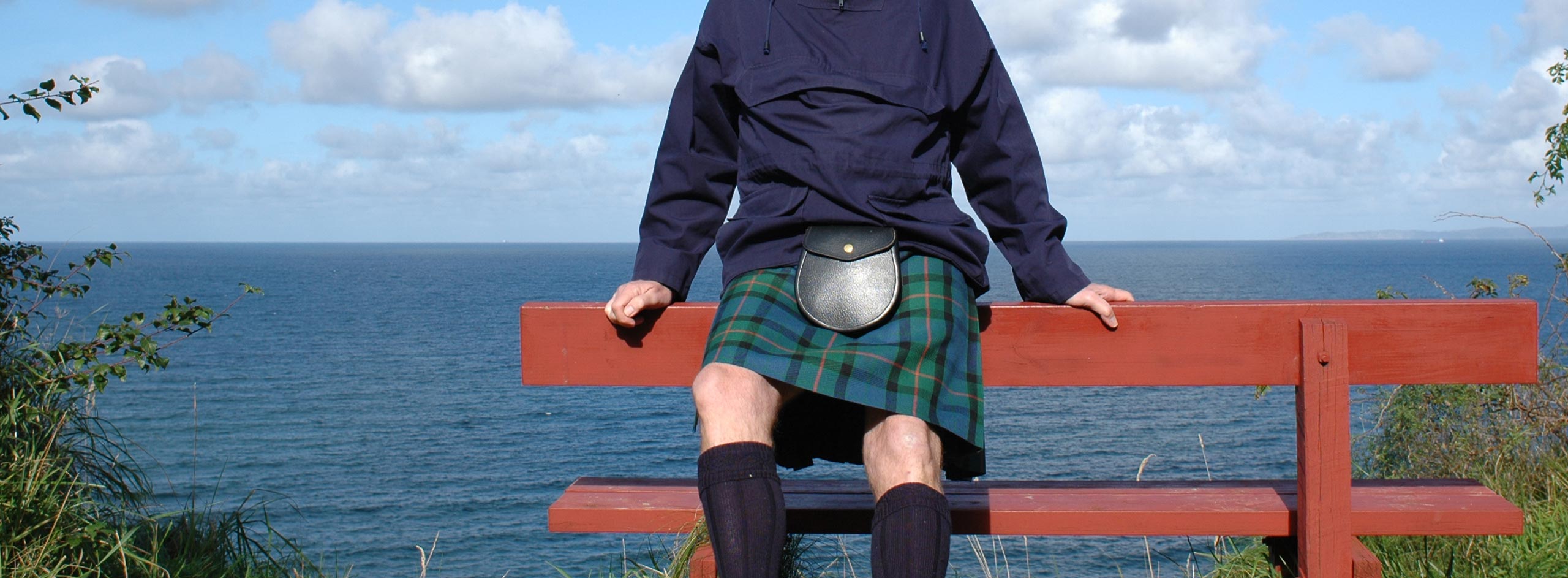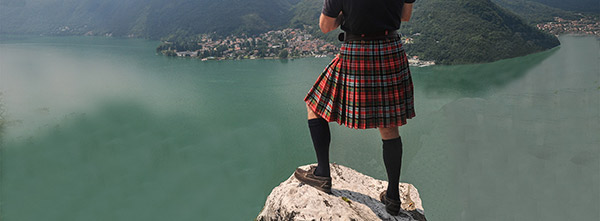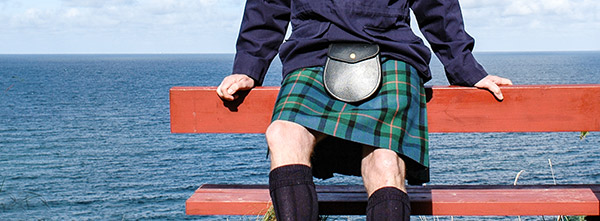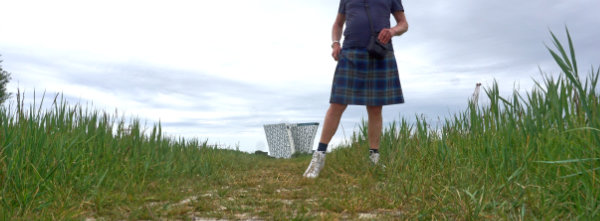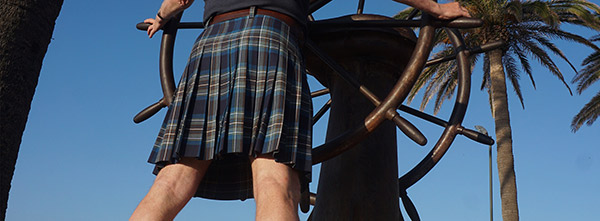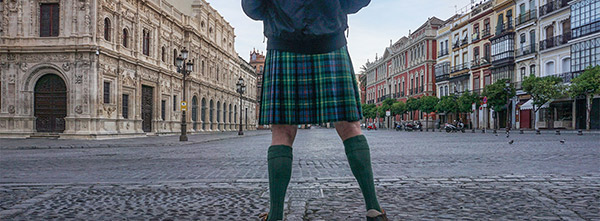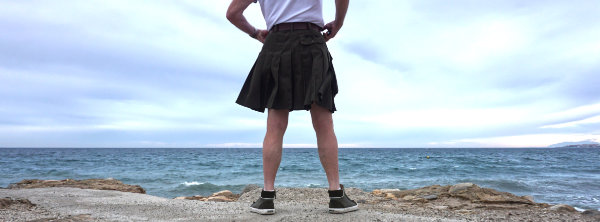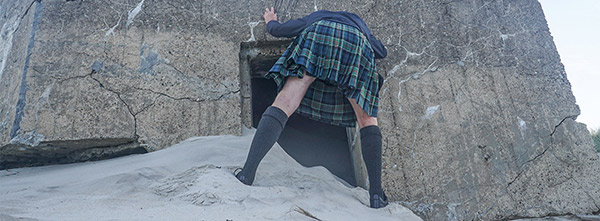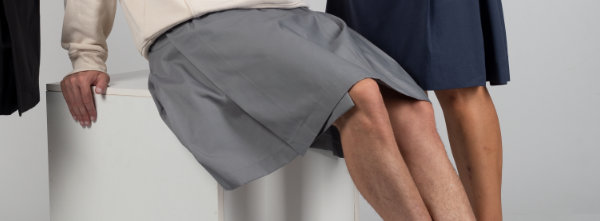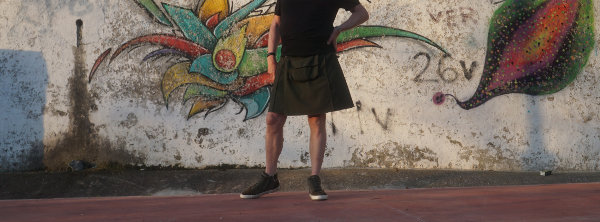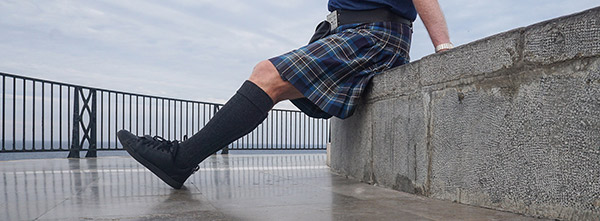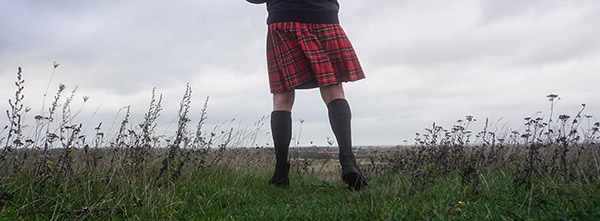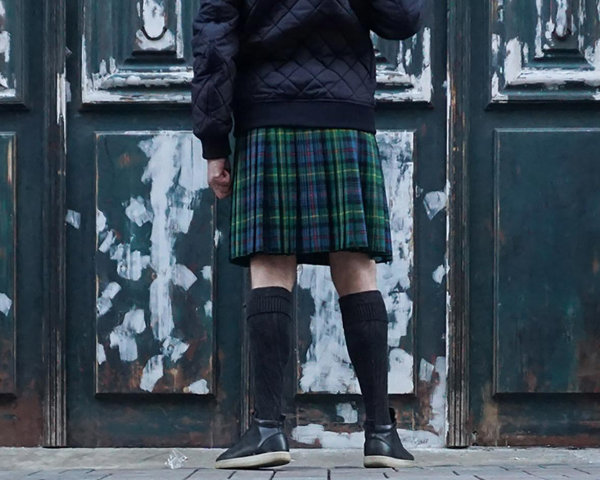Supposing you are really interested in starting to wear kilts but are in two minds about it. How come? What should keep you from just ordering a kilt and wear it in public? Well, probably you are worried of a lot of things. How shall your environment react? How do you start wearing a kilt? What shall you say about it? Let’s try to find out.
How could you, being not Scottish wear a kilt?
Like said already, since decades more and more men in a lot of countries, with and without a kilt tradition, and no matter their nationality, colour, and heritage, do wear kilts. Two factors might have contributed to this development or movement, the movie Braveheart (1995) which proved that MEN could be MEN without wearing trousers, and the Internet - since 2nd half of the nineties - which soon helped convincing men with a secret or latent interest in trouser alternatives that they were not alone and that they could, in fact, wear a kilt, should they feel like it.
But doesn't the kilt belong to Scotsmen? Once, blue jeans were something only American cowboys were wearing. Now everyone wears them. In the 50ties boys would all over Germany wear short “Lederhosen”, not just boys living in Bavaria or Austria. Why should it be different with a kilt?
What should Scotsmen think?
Some traditionalists might be against non-Scots wearing a kilt, as they are sometimes against fellow-Scotsmen wearing a kilt as daily attire or outside Scotland. These seem to be few, however. Highland wear is something unique and makes a living for a lot of Scotsmen. Thus, men wearing kilts are looked positively upon.
Over time I have met several Scotsmen being happy to see the kilt being worn and regretting that they were not wearing one themselves.
Do other people believe you are Scottish when seeing you in a kilt?
It depends on where you are living, I suppose. In Scandinavian countries you are always addressed in the local languages, indicating that you are regarded just a country fellowman wearing a kilt.
Almost the same is the case in Germany and Holland. In Southern Europe it is probably more expected that you have at least some connections to Scotland. But who in the world - except people within your own close environment - could tell that you have not?
Should you try to "play" Scottish?
No. To non-Scots the kilt is just a comfortable, versatile, and innovative garment. Accordingly, you should, to my opinion, also avoid accessories too much connected with Scottish national dress like the bonnet.
Should you aim at eventually giving up trousers?
No. Variety is the spice of life.
How about predudice?
That you must be gay, a crossdresser, a transvestite or otherwise somehow queer? For wearing a kilt? Neglect those people. They are in a league not worth giving any thoughts at all. Besides, time is with you. The world is becoming more and more tolerant. It is ok to be gay, and it is becoming ok for men (and women) to be gender-fluid, androgynous and transgender. The fact that these groups in most parts of the civilized world are being fully accepted, means that it is no problem for a man to wear a kilt - or a skirt or a dress. Of course, some men in kilts are gay, but so what? Most gay men are wearing trousers. And hardly any crossdresser should ever think of wearing a manly garment like a kilt.
Never let ignorant persons keep you from wearing a kilt.
How do you start wearing a kilt in public?
The answer should be, open the door and out you go. But for most men it is not as simple as that.
If a man wants a tattoo, he'll get it. If he wants his hairs to grow long, he will have them to. If he wants his tongue, nose, lip, ears, or any other part of his body pierced, he will have it done.
But if he wants to wear a kilt, which is definitely considered a man's garment, he might not dare to wear it out, because of a slight resemblance with a woman's skirt or just because it is different. It is ridiculous, don't you agree?
Therefore, simply open that door...
Should you tell people, you know, that you consider wearing kilts or already do?
Yes, it might be a good idea. No rumours, then. No secrets. But how?
You might simply tell them up front that you, by the way, have got a kilt and have been out wearing it.
Or you could have them see pictures on your phone, showing your new car, a vintage camera, you have bought, pictures from your last holyday abroad or whatever, and in some of them you, as the most natural thing in the world, are wearing a kilt. Then
they shall ask, and you shall answer their questions. And if they don't ask, they'll know nevertheless.
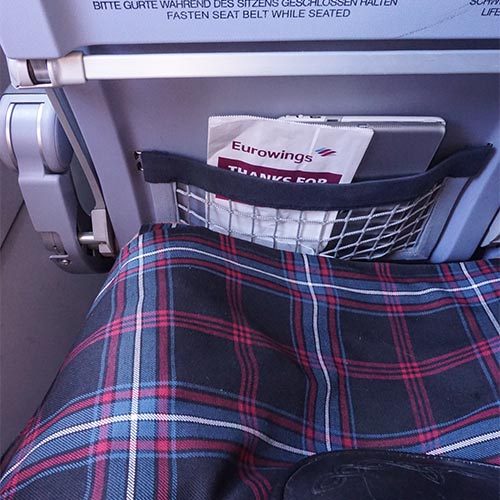 Seated on board a flight, waiting to take off for Berlin.
Seated on board a flight, waiting to take off for Berlin.
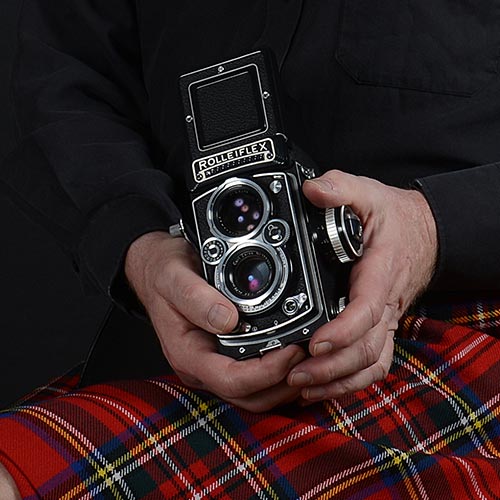 A vintage Rolleiflex twin-lens-reflex camera.
A vintage Rolleiflex twin-lens-reflex camera.
But you can also just start wearing it in public and take it step by step. People, with whom you are acquainted, will of course, when seeing you, ask and you must tell them about your reasons-why (comfort, variety, difference or simply that you like wearing it) and how you got the idea in the first place. You might have seen a man in a kilt in a street or on tv and found it looking good or comfortable, then given it a second thought, googled kilts and inspired by websites you have bought one and have started wearing it.
A holiday in Scotland might also be a good and credible reason. You have tried on a kilt, you liked it, you bought it, and now you wear it.
Last not least, social media, like Facebook and Instagram, are great. In fact, they might be the most efficient way to communicate the news.
You might post pictures of you in your kilt and explicitly talk about the advantages. Or you don't mention it at all, just let pictures speak for themselves. They might show you taking the dog out or sitting at a cafe, having a coffee. The kilt just has to be implied in the picture.
With that step behind you, everything is much easier.
 Sunset.
Sunset.
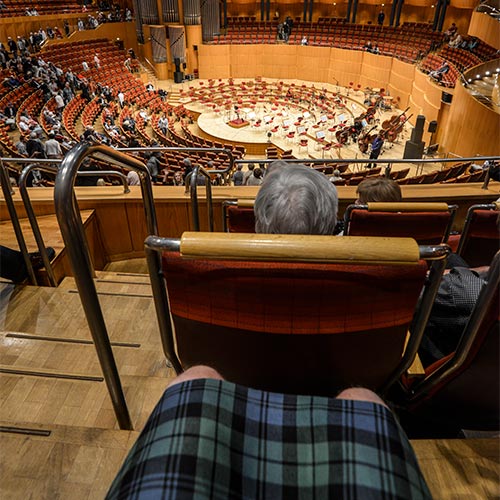 In the concert hall.
In the concert hall.
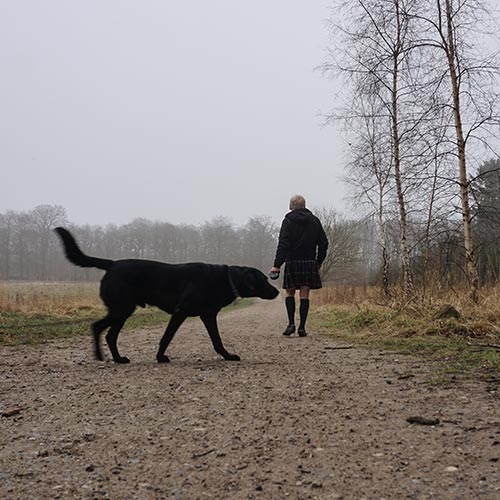 Taking the dog out.
Taking the dog out.
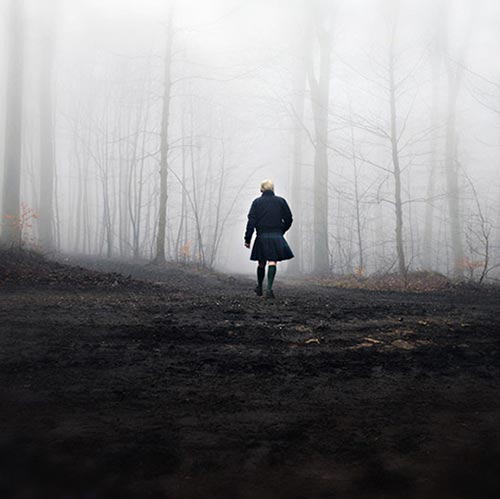 In the woods.
In the woods.
How about your significant other?
Your wife or girlfriend is the person who really counts.
She might worry the most about your kilt wearing – and in all probability without reason, at all.
In fact, many women like seeing men in kilts, it seems, even if not always to the same degree, should it be their own husband. But there are examples on the internet where wives have talked reluctant husbands into kilt wearing.
If she has concerns about you wearing a kilt these probably concentrate about how surroundings shall react (see below) but foremost whether you might have some secret agenda. Should the kilt be just your first step into crossdressing? Could your next step be frilly skirts, blouses, dresses, and heels?
She might also fear that you might be gay. Nothing wrong at all with men being gay, but in a heterosexual relationship it simply does not work. That said, a kilt is no good indicator; most gay men wear trousers.
Or should you have a secret wish to be a woman?
Hopefully you can convince her that she has nothing to fear – and that you are telling her the truth!
What she’ll get in return for her understanding or acceptance, is probably a most thankful, caring, and faithful husband.
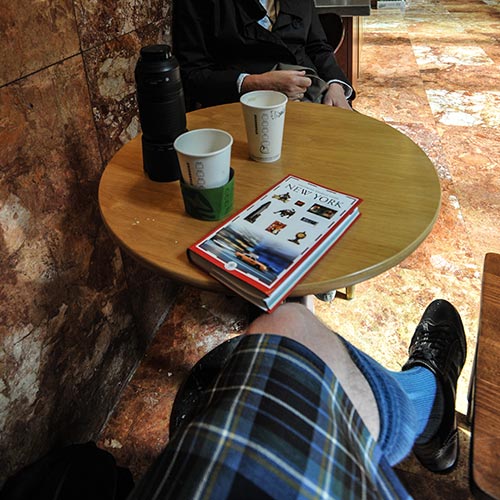 Starbucks, New York City.
Starbucks, New York City.
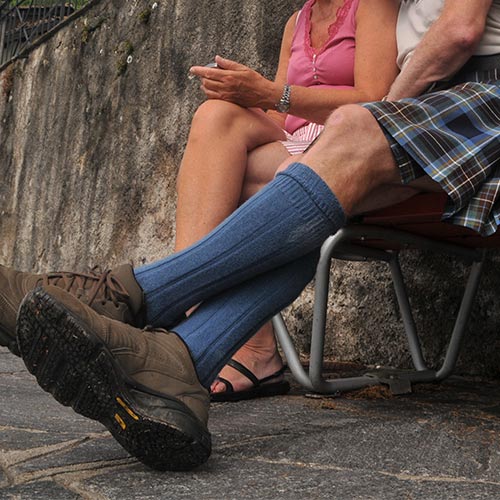 On holiday.
On holiday.
How shall surroundings react?
People who don’t know you couldn’t care less how you are looking or how you are dressing. Kilt wearers will largely state that it is a non-event and that their surroundings, relatives, and people in their neighbourhood, very soon got accustomed to see them in kilts.
Never ever think that you have to "excuse" that you are wearing a kilt. It has been your decision. To you it is a natural thing. It is already, or it is about to become a lifestyle of yours, so to say.
If just more men (and their wives) would consider their "world" just half as tolerant as in fact it is, we should see a lot more of kilts around, I’m sure.
